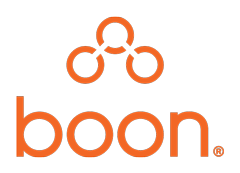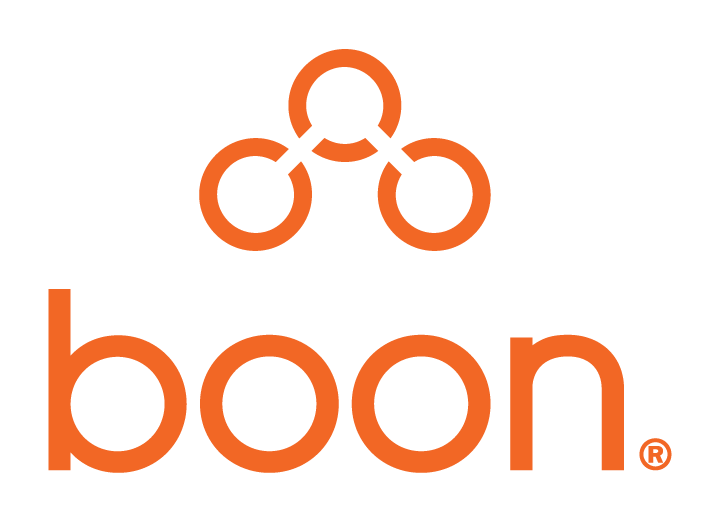The official beginning of the “new normal” is different from person to person. Maybe it was when your children were sent home from school, or when your workplace went remote. Maybe you started counting from the day that mask mandates and social distancing guidelines became widespread, or when the CDC started issuing travel advisory warnings. Whatever day marks the beginning for you, we all can look to the calendars and note that we’re approaching one full year of living with the coronavirus pandemic.
It certainly has been a long year. A lot has changed. Here’s what we know, after one year of the coronavirus pandemic.
The Workplace Has Changed
There is nowhere that the impact of the coronavirus is more easily visible than in our workplaces and the businesses we frequent. Nearly every industry was completely shaken and modified to address the immediate needs of health and safety. Mask policies, limited capacity, and curbside shopping options have become staples and many American workers have been sent home from the office.
At the start of the pandemic, in April 2020, a Gallup poll found that 51% of the American workforce had gone fully remote. A year later, that number is holding at 33% of U.S. workers still working fully from home and 25% working occasionally from home.
Work-related stress has been a pandemic in its own right, in addition to our COVID-19 concerns. 70% of Americans have reported that working during the coronavirus pandemic has represented the most stressful point of their careers. When it comes to workers buckling under the pressures associated with COVID-19, productivity concerns rise to the top. Studies on remote workers have shown that employees are logging more hours while working from home, but that their level of productivity is sharply declining. In short the quantity of productive hours being put in is not being matched by quality, when it comes to employee focus and output.
Healthcare Is More Important Than Ever
Living through a global pandemic has caused a lot of us to spend more time thinking about our healthcare. This is especially true for employers that are faced with providing flexible care to their employees. Two benefit offerings that have gained traction during the coronavirus pandemic are telemedicine and hour banks. Between lengthy quarantine periods, social distancing efforts, and diminished work hours related to the pandemic, flexibility has become a top priority when choosing healthcare benefits.
With three viable vaccines in wide distribution, we can start to see the light at the end of the tunnel. While there are still many questions and more to come regarding vaccines, we can all agree that safeguarding our health is still of the utmost importance.
The Coronavirus Pandemic, One Year Later
It is still unclear how long the “new normal” will continue. That being said, this year has shown us all that we are resilient and adaptable. At Boon, the coronavirus pandemic has presented us with new challenges and opportunities to meet the unique needs government contractors. Like so many other businesses we have had to adapt. In addition, we have curated the solutions that are adaptable for our clients. It has been a long year, but we’ve persevered together.
Keep Up with Boon!
Have you heard of our bimonthly newsletter? It’s your source for the latest in industry updates and all things Boon! Sign-up and get the highlights, direct to your inbox.
Never miss a blog post and also keep up with Boon on Facebook, Twitter, and LinkedIn.




